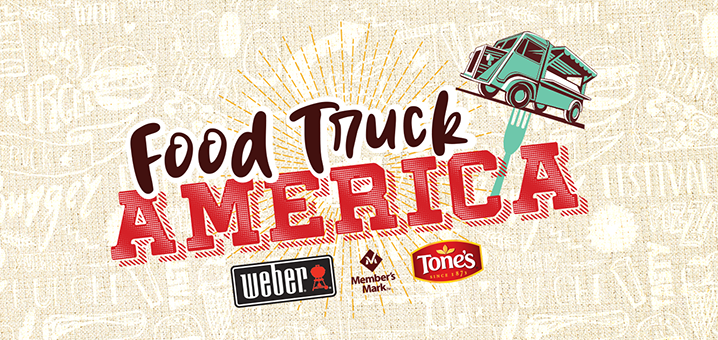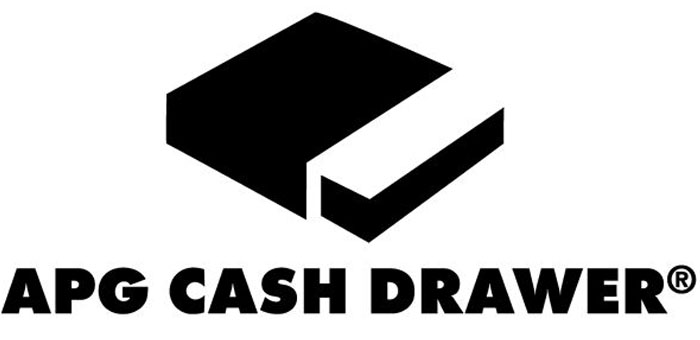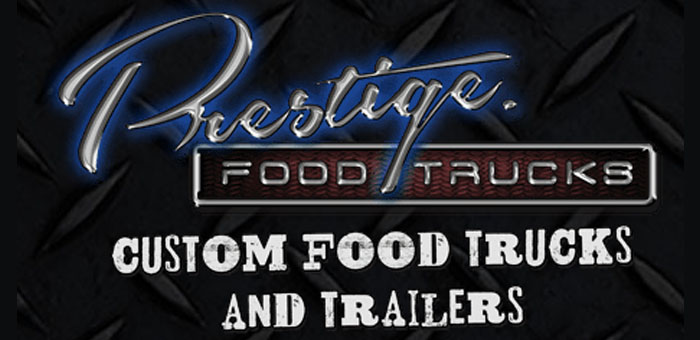If you want to see what eating in Los Angeles is like, beyond the gold-plated Beverly Hills bistros and the bottle-service clubs that count the Kardashians among their clientele, you could do worse than to pull into a deserted parking lot late at night, check the coordinates on your iPhone and watch the stretch of asphalt fill with hundreds of hungry people. They, and probably you, have been summoned here by a Twitter blast from the Kogi truck, a retrofitted catering van serving Korean short-rib tacos, kimchi dogs and other edible symbols of L.A.’s famous cross-cultural inclusiveness, dripping plates of food drawn straight from the city’s recombinant DNA.
In the city that gave birth to the celebrity chef, Kogi’s Roy Choi is the culinary star of the moment, with awards and an international renown usually reserved for those who command palaces of cuisine. His success has inspired fleets of similar trucks, with followings for their sushi, dim sum, Brazilian barbecue, Greek sausages, red velvet pancakes, Vietnamese sandwiches, cupcakes, Indian dosas, Filipino halo-halo, Texas barbecue and any of a hundred other things. You can wander between dozens of them on the streets near the Los Angeles County Museum of Art, the Yahoo offices, Venice boutiques or the UCLA dorms.
At a time in America when finances are shaky, yet even modest big-city restaurant spaces involve multimillion-dollar build-outs, when consumers have wearied of giant chains but still demand food that is novel, inexpensive and fast, food trucks are the new incubators of culinary innovation. The food-truck phenomenon exploded in cities across the United States last year thanks largely to the success of Kogi, and before that to the mobile fleet of taqueros spread out across L.A. Who knew that the cult of tacos al pastor would become a nationwide sensation?
The intersection between food and wheels has driven culture in L.A. since at least the 1930s, when the city was already famous for its drive-ins and roadside hash houses designed to look like coffee pots. Food trucks may be nothing new in the U.S.—every Hawaiian can tell you her favorite plate-lunch wagon, and Portland, Oregon, can seem like a locavore food-truck plantation—but in L.A., where on some afternoons they can be as thick on the freeway as taxicabs are on New York’s Sixth Avenue, they define the landscape. Kogi represents mobility in a city that worships mobility; it is a vehicle for traversing lines of race, class and ethnicity; it is selling a social experience as much as it is selling Blue Moon mulitas and Blackjack quesadillas.
I was talking to Oliver Wang the other afternoon, a CSU Long Beach sociology professor who wanted me to see a file he had put together: an L.A. map streaked with dense ridges of blue markers connecting downtown and Hollywood, Glendale and the Westside. He could have been mapping lip piercings or subscriptions to the music-sharing service Spotify. But the chart, Wang told me, marked every stop made by a Kogi truck in the course of a year and was compiled from information gathered from Kogi’s Twitter feed. What the professor wanted to know was why, if Kogi represented a kind of utopian diversity, the trucks’ routes seemed to avoid South and East L.A., areas where loncheras, traditional taco trucks, were already well ingrained. The answer, he thought, might illuminate some of the social divides that still exist in L.A.
Wang speculated that unfamiliarity with Asian flavors might dampen interest in such Mexican-American neighborhoods as Boyle Heights and Belvedere, but I pointed out that the area was once home to a fairly substantial Nisei population, and that teriyaki was as familiar to the local palate as hot dogs. He supposed that working-class neighborhoods may have had less access to the Internet, but the Eastside and South L.A. are well represented on Twitter. He thought that price resistance may be a factor, and it is true: Kogi buys top-grade meat from a purveyor who does far more business with Beverly Hills restaurants than he does with food trucks, and at $2.10, its tacos are costlier than a lonchera taco, which tend to run a buck and a quarter.
Read the entire article by Jonathan Gold at Smithsonianmag.com <here>




